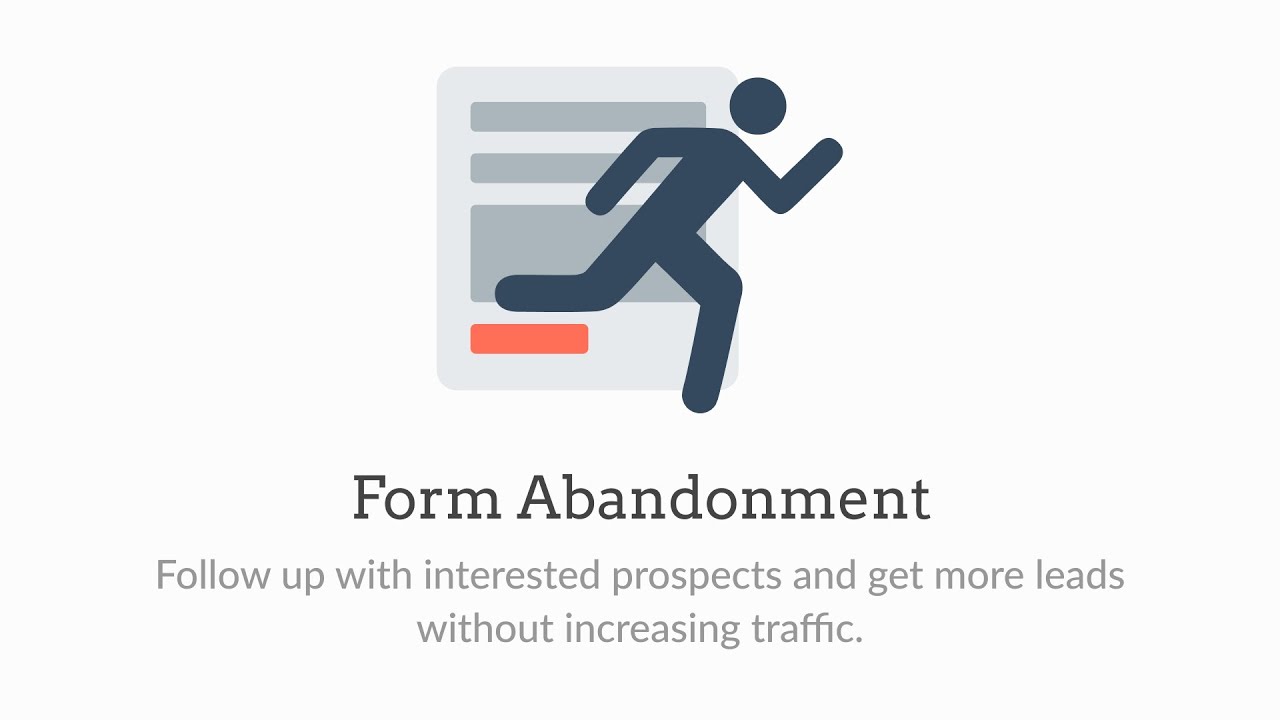As a professional author, I have always been fascinated by the world of marketing and how businesses can effectively reach their target audience. One strategy that has gained significant traction in recent years is the growth marketing trifecta, which combines three key components: landing pages, SEO, and ads. Each of these elements plays a crucial role in driving traffic and converting leads into customers. In this article, I will delve into each component, explaining their importance and how they work together to achieve success.
Key Takeaways
- Landing pages, SEO, and ads are the three key components of a successful growth marketing strategy.
- Landing pages are the foundation of your marketing strategy and should be optimized for both user experience and SEO.
- SEO is crucial for driving organic traffic to your landing pages and should be a key focus of your marketing efforts.
- Ads can be a powerful tool for driving traffic to your landing pages, but it’s important to choose the right types of ads and create effective ad copy.
- Measuring the success of your landing pages, SEO, and ads is essential for optimizing your marketing strategy and achieving long-term growth.
Understanding Landing Pages: The Foundation of Your Marketing Strategy
Landing pages are an essential part of any marketing strategy. They are standalone web pages designed specifically to capture leads or drive conversions. A strong landing page can make all the difference in converting visitors into customers. It serves as the first impression for potential customers and should be optimized to provide a seamless user experience.
To create a successful landing page, several elements must be considered. First and foremost, the page should have a clear and compelling headline that grabs the attention of visitors. It should also have a concise and persuasive copy that clearly communicates the value proposition of the product or service being offered. Additionally, incorporating visually appealing images or videos can help engage visitors and increase conversion rates.
The Importance of SEO in Driving Traffic to Your Landing Pages
Search Engine Optimization (SEO) is a crucial aspect of any digital marketing strategy. It involves optimizing your website and landing pages to rank higher in search engine results pages (SERPs). By implementing effective SEO techniques, you can drive organic traffic to your landing pages, increasing visibility and attracting potential customers.
Optimizing landing pages for SEO offers several benefits. Firstly, it helps improve the overall user experience by making your website more accessible and user-friendly. Secondly, it increases your website’s visibility in search engine results, making it easier for potential customers to find you. Lastly, it can lead to higher conversion rates, as users who find your website through organic search are more likely to be interested in your products or services.
How to Optimize Your Landing Pages for SEO
| Keyword Density | The percentage of times a keyword appears on a page compared to the total number of words on the page. |
| Title Tag | The title of the page that appears in the search engine results page (SERP). |
| Meta Description | A brief summary of the page’s content that appears in the SERP. |
| Header Tags | The use of H1, H2, H3 tags to structure the content of the page. |
| Image Optimization | The use of alt tags and file names to describe the images on the page. |
| Internal Linking | The use of links within the content of the page to other pages on the same website. |
| Page Speed | The time it takes for the page to load. |
| Mobile Responsiveness | The ability of the page to adapt to different screen sizes and devices. |
To optimize your landing pages for SEO, keyword research and implementation are crucial. Conduct thorough research to identify relevant keywords that align with your target audience’s search intent. Once you have identified these keywords, strategically incorporate them into your landing page’s content, headings, and meta descriptions.
Meta descriptions and title tags also play a significant role in SEO optimization. These elements provide a brief summary of your landing page’s content and should be compelling enough to entice users to click through to your website. Additionally, ensure that your landing page’s content is well-structured and includes relevant headings and subheadings.
Another important aspect of SEO optimization is link building. Building high-quality backlinks from reputable websites can significantly improve your landing page’s search engine rankings. Focus on creating valuable content that other websites will want to link to, and actively reach out to relevant websites to request backlinks.
The Role of Ads in Driving Traffic to Your Landing Pages
While SEO is essential for driving organic traffic, ads can provide an additional boost by targeting specific audiences and driving immediate traffic to your landing pages. Ads come in various forms, including search ads, display ads, social media ads, and retargeting ads. Each type has its own benefits and can be used strategically to complement your SEO efforts.
Ads offer several benefits when it comes to driving traffic. Firstly, they allow you to target specific demographics or user behaviors, ensuring that your message reaches the right audience. Secondly, ads provide immediate visibility and can generate quick results, especially when launching a new product or service. Lastly, they can help increase brand awareness by exposing your business to a wider audience.
Types of Ads to Consider for Your Landing Pages
When it comes to choosing the right ads for your landing pages, several options are worth considering. Google Ads, formerly known as Google AdWords, is a popular choice for businesses looking to drive traffic through search engine advertising. It allows you to bid on keywords and display your ads at the top of search engine results pages.
Facebook Ads, on the other hand, provide a powerful platform for targeting specific demographics and interests. With over 2.8 billion monthly active users, Facebook offers a vast audience to tap into. Additionally, Facebook’s ad targeting capabilities allow you to reach users based on their location, age, interests, and more.
Display ads are another effective way to drive traffic to your landing pages. These ads are typically banner ads that appear on websites within a network of publishers. Display ads can be highly targeted and can help increase brand visibility by reaching users who may not have been actively searching for your product or service.
Retargeting ads are a valuable tool for re-engaging users who have previously visited your website or landing page. By placing a tracking pixel on your website, you can target these users with personalized ads as they browse other websites or social media platforms. Retargeting ads can help remind potential customers of your offering and encourage them to return and convert.
How to Create Effective Ads for Your Landing Pages
Creating compelling ad copy is essential for driving traffic to your landing pages. Start by clearly communicating the value proposition of your product or service in a concise and persuasive manner. Use strong and action-oriented language to encourage users to take the desired action, whether it’s clicking through to your landing page or making a purchase.
In addition to compelling ad copy, ad design plays a crucial role in capturing users’ attention. Use eye-catching visuals that align with your brand identity and effectively convey your message. A well-designed ad should be visually appealing, easy to read, and stand out from the competition.
Targeting the right audience is equally important when creating ads. Take advantage of the targeting capabilities offered by various ad platforms to ensure that your ads are reaching the most relevant users. Consider factors such as demographics, interests, and behaviors to narrow down your audience and maximize the effectiveness of your ads.
Measuring the Success of Your Landing Pages, SEO, and Ads
Measuring the success of your landing pages, SEO efforts, and ads is crucial for making informed decisions and optimizing your marketing strategy. Several key metrics can help you track the performance of each component.
For landing pages, conversion rate is a critical metric to monitor. It measures the percentage of visitors who take the desired action, such as making a purchase or filling out a form. Additionally, bounce rate, average time on page, and click-through rate can provide valuable insights into how users are interacting with your landing pages.
When it comes to SEO, tracking keyword rankings is essential. Monitor how your landing pages are ranking for targeted keywords and identify opportunities for improvement. Additionally, organic traffic, backlink profile, and engagement metrics such as time on page and pages per session can help gauge the effectiveness of your SEO efforts.
For ads, click-through rate (CTR) is a key metric to track. It measures the percentage of users who click on your ad after seeing it. Additionally, conversion rate and cost per acquisition (CPA) can provide insights into the effectiveness of your ad campaigns.
Several tools are available to help measure the success of your marketing efforts. Google Analytics is a powerful tool for tracking website traffic, user behavior, and conversion rates. It provides valuable insights into how users are interacting with your landing pages and can help identify areas for improvement.
Common Mistakes to Avoid in Landing Pages, SEO, and Ads
While implementing the growth marketing trifecta can lead to significant success, there are common mistakes that businesses should avoid. One common mistake in landing pages is having a cluttered design or overwhelming visitors with too much information. Keep your landing pages clean, visually appealing, and focused on the key message.
In terms of SEO, keyword stuffing is a common mistake that can negatively impact your search engine rankings. Instead of cramming keywords into your content, focus on creating high-quality, valuable content that naturally incorporates relevant keywords.
When it comes to ads, targeting the wrong audience can be a costly mistake. Take the time to research and understand your target audience to ensure that your ads are reaching the right people. Additionally, neglecting to test and optimize your ads can limit their effectiveness. Continuously monitor and refine your ad campaigns to maximize their impact.
Best Practices for Integrating Landing Pages, SEO, and Ads into Your Marketing Strategy
To achieve success with the growth marketing trifecta, it’s important to create a cohesive strategy that integrates landing pages, SEO, and ads effectively. Start by defining clear goals and objectives for each component and align them with your overall marketing strategy.
Testing and iterating are crucial when it comes to optimizing your marketing efforts. Continuously monitor the performance of your landing pages, SEO efforts, and ads, and make data-driven decisions based on the insights you gather. Test different variations of landing pages and ad copy to identify what resonates best with your target audience.
Allocating resources effectively is also important for maximizing the impact of your marketing efforts. Determine where to allocate your budget based on the performance of each component. For example, if you find that ads are driving significant traffic and conversions, consider investing more in ad campaigns.
Achieving Success with the Growth Marketing Trifecta
In conclusion, the growth marketing trifecta consisting of landing pages, SEO, and ads offers a powerful strategy for driving traffic and converting leads into customers. By understanding the importance of each component and how they work together, businesses can achieve significant success in their marketing efforts.
Landing pages serve as the foundation of your marketing strategy, providing a seamless user experience and compelling visitors to take action. SEO optimization helps drive organic traffic to your landing pages, increasing visibility and attracting potential customers. Ads, on the other hand, provide an additional boost by targeting specific audiences and driving immediate traffic.
By measuring the success of your landing pages, SEO efforts, and ads, you can make informed decisions and optimize your marketing strategy. Avoiding common mistakes and following best practices will further enhance the effectiveness of your efforts. Ultimately, by integrating landing pages, SEO, and ads into a cohesive strategy, businesses can achieve significant growth and success in their marketing endeavors.
FAQs
What is a landing page?
A landing page is a web page that is specifically designed to convert visitors into leads or customers. It is usually created for a specific marketing campaign and contains a form or call-to-action that encourages visitors to take a desired action.
What is SEO?
SEO stands for Search Engine Optimization. It is the process of optimizing a website or web page to rank higher in search engine results pages (SERPs) for specific keywords or phrases. The goal of SEO is to increase organic traffic to a website and improve its visibility in search engines.
What are ads?
Ads, short for advertisements, are promotional messages that are designed to reach a specific audience and persuade them to take a desired action. Ads can be displayed on various platforms, including search engines, social media, and websites.
How do landing pages, SEO, and ads work together?
Landing pages, SEO, and ads work together to create a growth marketing trifecta for success. Landing pages are designed to convert visitors into leads or customers, while SEO helps to increase organic traffic to a website. Ads can be used to drive targeted traffic to a landing page or website, and SEO can help to improve the quality and relevance of the landing page or website for the targeted keywords or phrases. Together, these three elements can help to increase conversions, improve visibility, and drive growth for a business.



